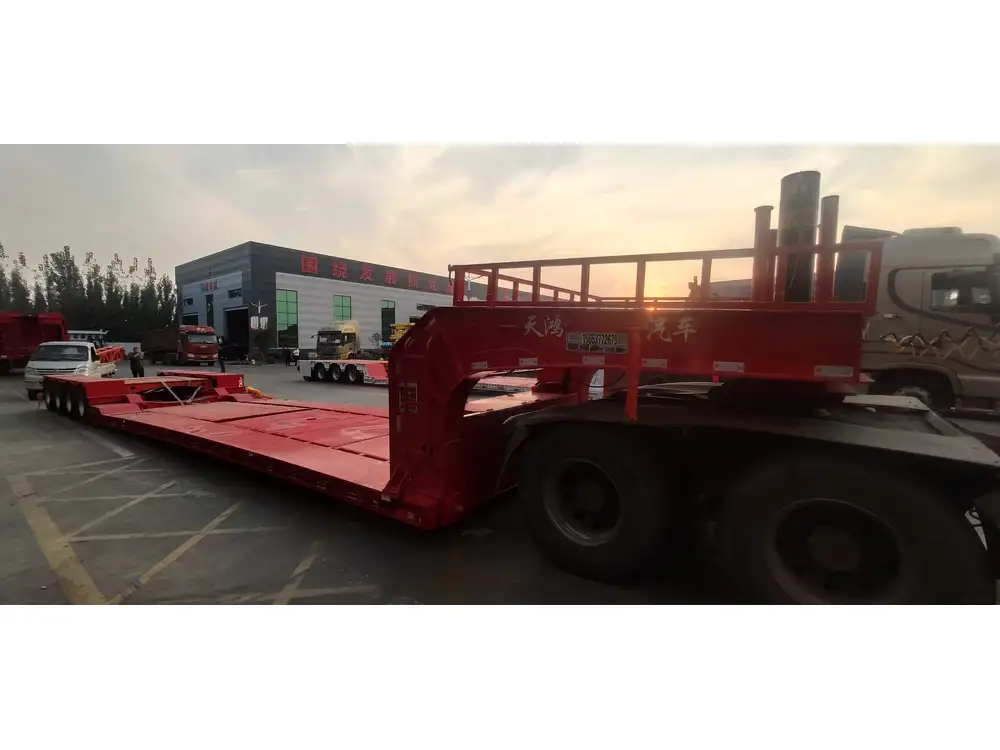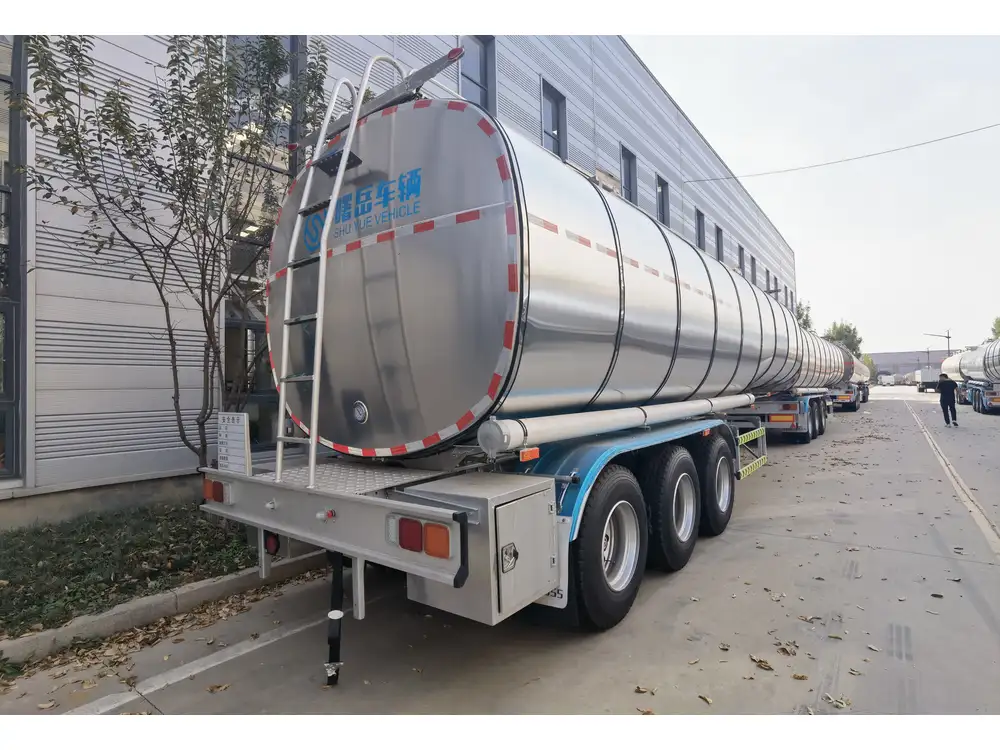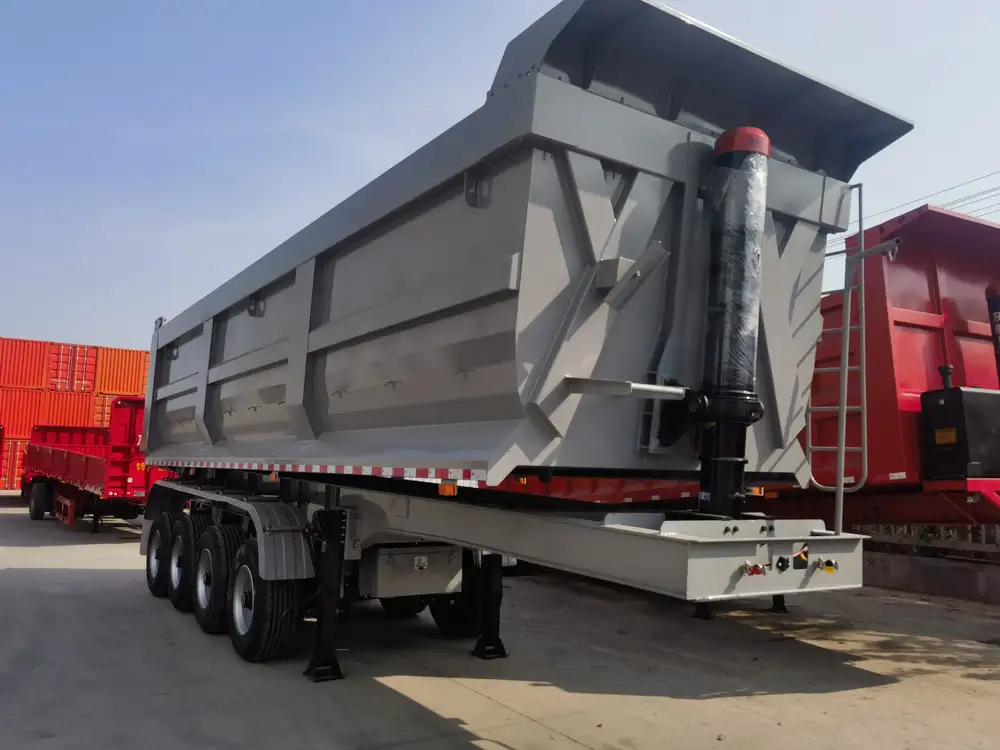When it comes to transporting goods efficiently, the question often arises: Will a 40 ft shipping container fit on a trailer? This query encompasses various considerations including dimensions, weight limits, and regulations. In this guide, we delve deeply into the nuances of transporting 40 ft shipping containers using trailers, ensuring you have a comprehensive understanding of all related aspects.
Understanding Shipping Container Dimensions
Standard Dimensions of a 40 ft Container
| Dimension (ft) | Measurement (inches) |
|---|---|
| Length | 40 |
| Width | 8 |
| Height | 8.5 |

Internal Dimensions
| Dimension (ft) | Measurement (inches) |
|---|---|
| Length | 39.5 |
| Width | 7.7 |
| Height | 7.9 |
These dimensions highlight the vast internal space offered by a 40 ft container, primarily used for transportation of large volumes of goods. The external 40 ft container dimensions are crucial in determining compatibility with trailers.
Trailer Types Suitable for 40 ft Containers
Transporting a 40 ft shipping container requires specific trailer types designed to accommodate the container’s size, weight, and loading needs. Below are some common trailer types:
1. Flatbed Trailers
- Description: These trailers have a flat surface with no sides or roof, allowing for easy loading and unloading.
- Capacity: Typically can carry large and bulky items, accommodating containers easily.
- Advantages: Versatility and ease of access.

2. Container-Chassis Trailers
- Description: Specifically designed for container transportation with base structures that align with container corner castings.
- Capacity: Typically supports weight loads exceeding 45,000 lbs.
- Advantages: Perfect fit for containers, high security during transport.
3. Step Deck Trailers
- Description: These trailers have a lower deck, allowing for taller cargo to be transported under height restrictions.
- Capacity: Can accommodate various heights and loads, including containers.
- Advantages: Reduces the center of gravity, ideal for taller or heavy containers.
Weight Considerations for Transporting a 40 ft Container
When transporting a shipping container, knowing the maximum weight limits is crucial.

Standard Weight of a 40 ft Container
- Tare Weight: Approximately 8,000 lbs (empty).
- Max Gross Weight: Typically up to 67,200 lbs (including cargo).
Impact on Trailer Selection
The weight of the loaded container might affect your choice of trailer. For example:
- Flatbed Trailers: While they can handle weight, ensure they are rated for the total load.
- Container-Chassis Trailers: Ideal due to their construction and design aimed at distributing weight evenly across axles.
Regulatory Considerations
Transporting a 40 ft shipping container on a trailer requires compliance with various regulations. Being aware of local and federal transportation laws is imperative.

1. Weight Limits
Most states have strict regulations regarding the maximum weight allowed on roads. Ensure:
- Gross Vehicle Weight (GVWR): Understand the total weight capacity of your vehicle and trailer.
- Axle Weights: Pay attention to the distribution to avoid exceeding limits.
2. Permit Requirements
Heavy and oversized loads may require special permits. This includes:
- State Permits: Obtain permits depending on the routes you will travel.
- Route Planning: Confirm that the planned routes can accommodate large trailers.
3. Insurance Needs
Additionally, ensuring your cargo is covered by appropriate insurance is essential:
- Cargo Insurance: Protects against theft or damage during transit.
- Liability Insurance: Covers damages caused by your vehicle during transport.

Preparing for Transportation
1. Container Inspection
Before embarking on the transportation journey:
- Structural Integrity: Ensure the container is free from significant rust or damage.
- Seal Integrity: Check for proper sealing if transporting sensitive goods.
2. Loading and Unloading Procedures
Proper loading is crucial to prevent shifting during transit:
- Weight Distribution: Distribute weight evenly across the container.
- Strapping Down: Use appropriate tie-down straps or chains.

3. Route Considerations
Planning your route can avoid delays and additional costs:
- Check Road Conditions: Be aware of any road restrictions related to height or weight.
- Identify Hazards: Look out for low bridges, narrow streets, and road construction.
Is a 40 ft Container Right for You?
Before deciding whether to transport a 40 ft shipping container, weigh the pros and cons:
Pros
- High Capacity: Great for large volumes or oversized items.
- Versatile Use: Can transport various goods, from furniture to industrial supplies.

Cons
- Weight Restrictions: Heavier loads may require special permits.
- Logistical Coordination: Need to accommodate loading and unloading systems.
Conclusion
Determining whether a 40 ft shipping container will fit on a trailer involves more than just measurements. It requires a combination of understanding the physical dimensions, selecting the appropriate trailer type, and accounting for weight limits, regulations, and logistical needs. By ensuring you have a thorough preparation and understanding of these considerations, you can streamline the process of transporting a 40 ft shipping container, avoiding potential pitfalls while maximizing efficiency in your operations.
FAQs

1. Can I load a 40 ft shipping container onto any trailer?
While you can technically place a 40 ft container on any flat surface trailer, it is critical to utilize trailers designed specifically for container transportation to ensure safety and compliance.
2. What kind of insurance do I need for transporting a 40 ft container?
You’ll want cargo insurance as well as liability insurance to protect against potential damage to goods and other vehicles on the road.
3. How can I ensure my shipment stays intact during transport?
Using proper loading techniques, securing the cargo correctly, and choosing the right trailer are crucial steps to ensure your shipment remains intact throughout transit.
Harness this comprehensive understanding and embark on your journey of transporting 40 ft shipping containers with confidence, knowing you have the essential information to facilitate effective decision-making.



